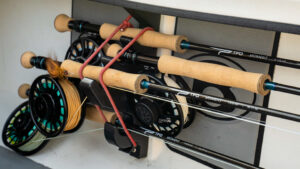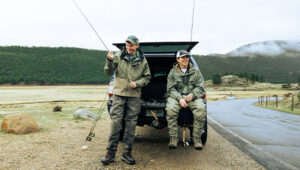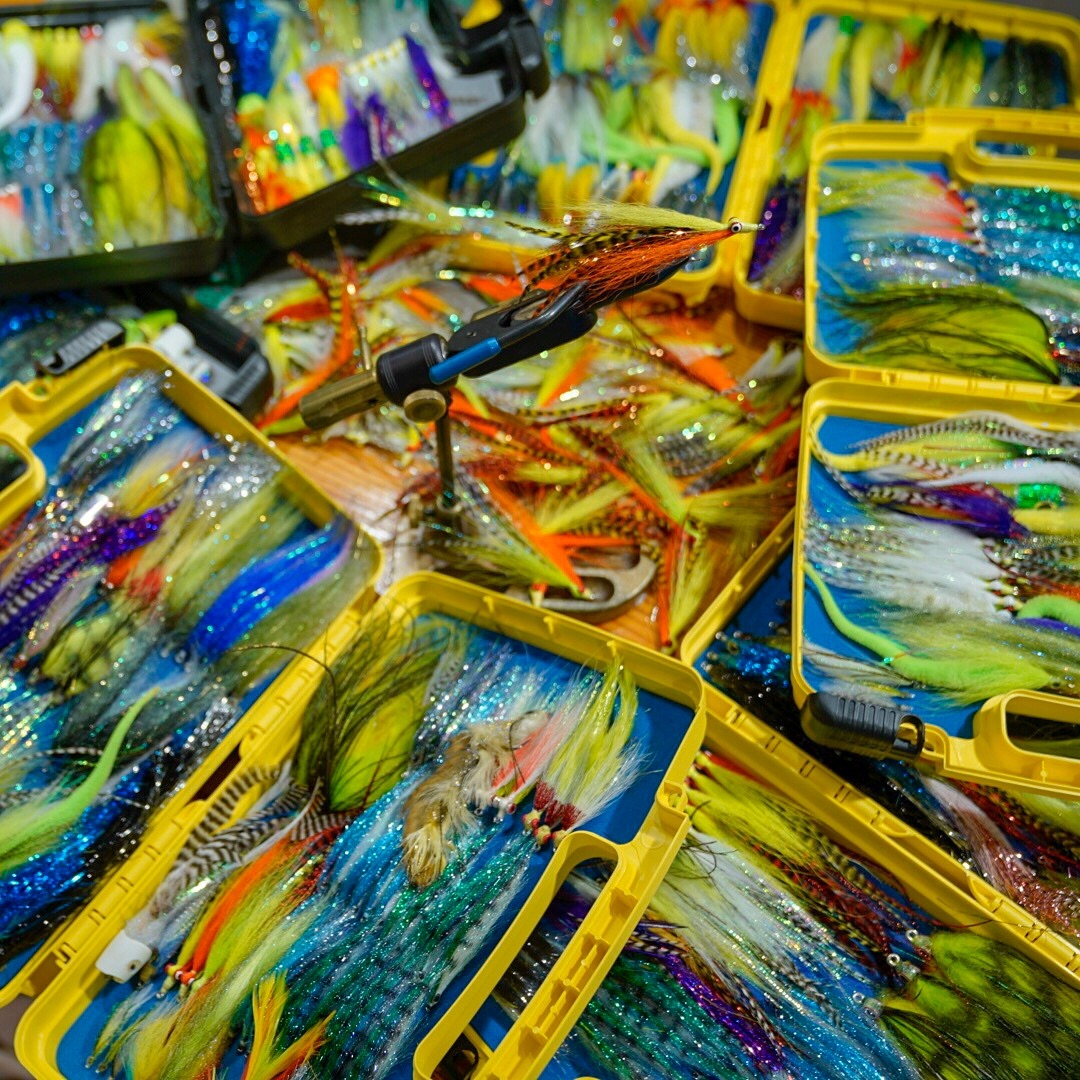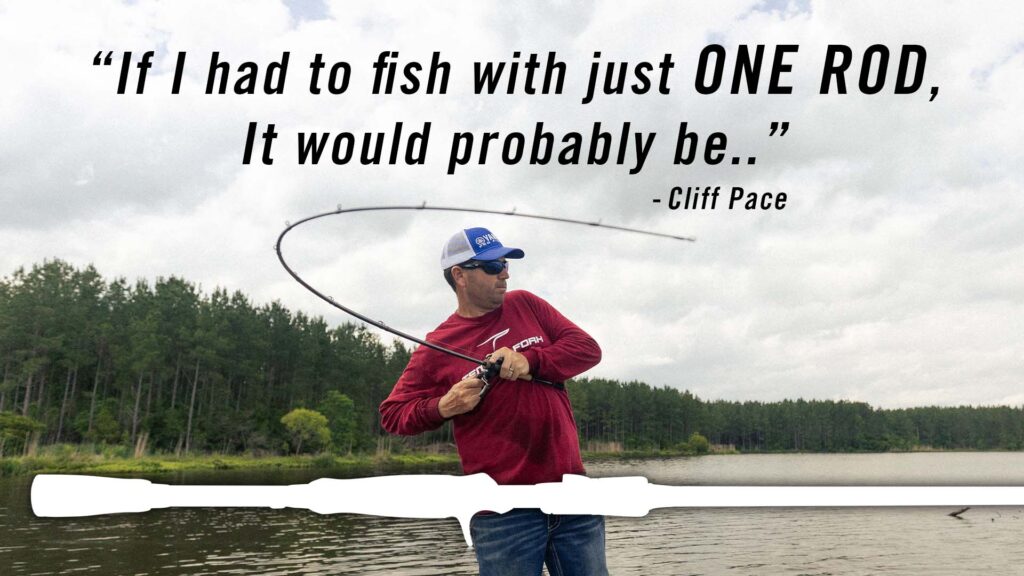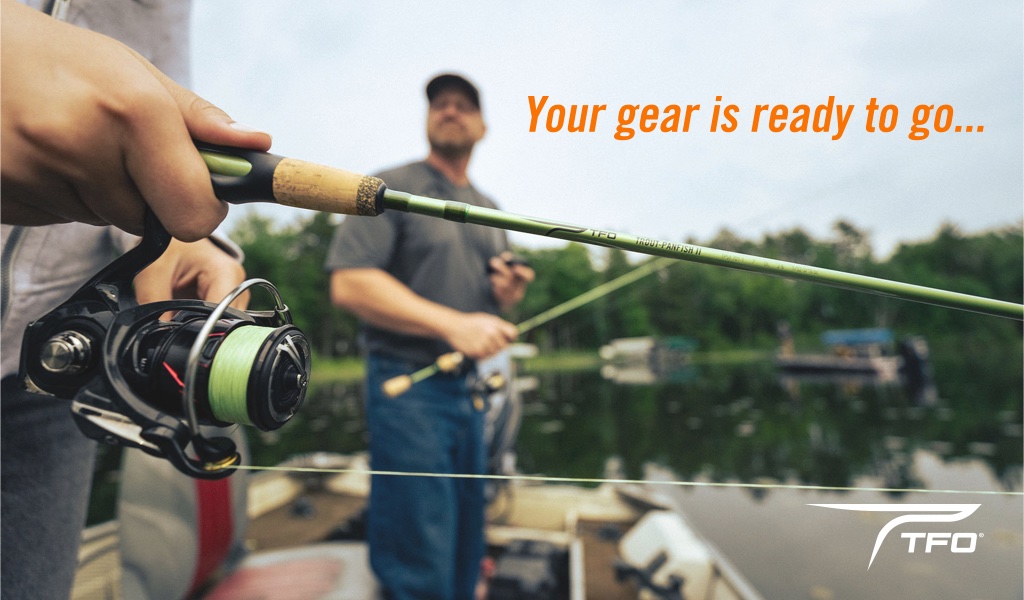If you read our Getting Started in Fly Fishing Series, you should have a rod, reel, backing, line and a leader, all of which were covered in parts I, II, III, and IV. We went over fly casting in part V.
So what’s left for the beginning fly angler? Flies.
No blog post can begin to cover flies, fly tying and what to use when, but for simplicity’s sake, we’ll go over a few basics.
Types of Flies
Nymphs are your basic subsurface trout flies. Ever been in a stream, turned over a rock and looked at all the critters? Those are nymphs. Examples of famous nymph imitations are the Hare’s Ear and Pheasant tail.
Streamers imitate the baitfish and minnows in a stream, lake or river. Lefty’s Deceiver and the Clouser Minnow are good examples. Both patterns were invented by TFO advisors, the late Lefty Kreh and Bob Clouser.
Dry flies are imitations of the insects above the water from aquatic hatches. Caddis, blue wing olive, sulphur and drake hatches are traditional troutfare in much of the United States.
Another example of the dry fly is terrestrials — grass hoppers, crickets, ants and beetles, land-based insects. It’s best to use these in the summer, once the traditional hatches have faded.
Attractor flies don’t necessarily imitate a specific insect, but, for some reason, they catch fish after fish. The Royal Wulff and Adams fall into this category. I use these types of flies when there’s no obvious insect activity.
Sizes of Flies
Flies are sized numerically by hook size. The smaller the hook size, the bigger the fly. A size 2 Deceiver, obviously, is much bigger than a size 16 pheasant tail.
Ideally, you want the size of your chosen pattern to match the size of the food the fish are feeding upon. A size 10 Adams, for example, probably won’t work during a blue-wing olive hatch. A size 20 or 22 might.
What flies to Use
This, of course, depends on what you’re fishing for. If you’re fishing for bass, try a woolly bugger to imitate crayfish. Trout like woolly buggers, too. The point is, whatever species of fish you’re angling for, try to collect an assortment of flies — subsurface and dry —- of various sizes and colors.
You will probably start out with one fly box. But as you start to pursue different species of fish at different seasons —- saltwater and freshwater — you will quickly acquire boxes of flies.
As you progress, try to whittle your fly selection to a handful of proven patterns you trust — but to a point. Much of what motivates a fish to eat is in the angler’s presentation and accuracy of the cast as much as the selection of the fly.
Your first season of trying to figure what fly to fish with when will be frustrating. But stick with it. Information from your local fly shop or from a fellow angler can be a big, big help. For more information on getting started with flies, check out this video from Mad River Outfitters.
Comments or questions about fly selection for the beginner? Feel free to reach out to us one of our social media pages.

